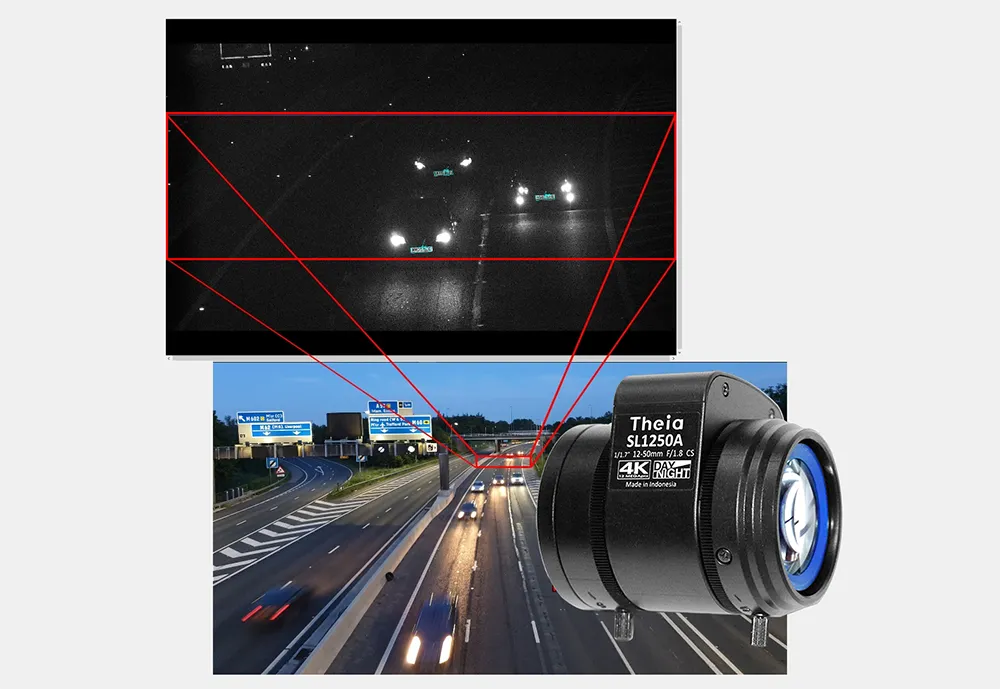
With the introduction of Stalker CiTE (Camera Issued Ticket Enforcement) and its latest generation of laser and radar photo-evidence capture devices,
Stalker CiTE is a comprehensive traffic-photo enforcement solution that automates the citation process from violation capture to collection to completion. The system features effortless ‘one-click’ citation processing and iron-clad evidence management with flexible processes and fully customisable documents and reports.
CiTE is paired with either the radar-based stationary Stalker Phodar SE-2, featuring both video and high-resolution still capture, or the laser-based Stalker LidarCam, a highly mobile, hand-held device.
The company’s recently released Phodar SE-2 is a dual-camera photo-radar speed enforcement system that captures 24-megapixel still images along with industry standard HD video evidence. For applications that require high-resolution stills in addition to video, the Stalker SE-2 combines the two in a single, weather-proof enclosure.
Meanwhile, the Stalker LidarCam is based around the industry-leading Stalker X-Series LIDAR. Combined with a high-resolution digital camera, the company says the LidarCam is the natural choice for capturing still or video violation evidence by a mobile officer. Proprietary software allows for stand-alone roadside ticketing or complete citation processing through the CiTE S3ystem.
Based in Plano, Texas, in the US, Stalker says it has leveraged its decades-long radar and laser speed enforcement expertise in developing this next level of photo enforcement.









